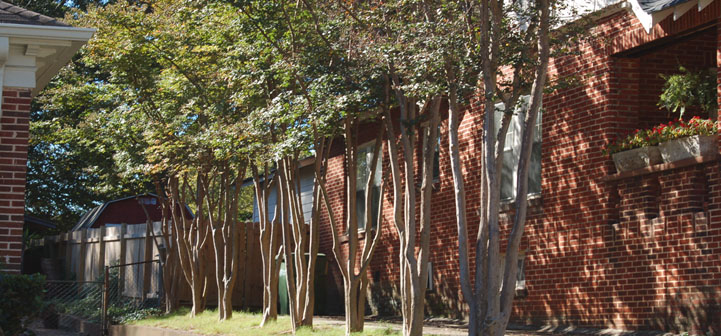Reviewed and Revised on 11/07/2013
Energy efficient, multifunctional, and stylish freestanding stoves/ranges
Since the kitchen is generally the hub of the home, consumers want it to offer an uplifting feeling of optimism. Energy efficient lighting, cabinetry, colors, and appliances combine to create the perception of comfort, security, and that overall good feeling offered in the kitchen environment. Smart consumers also want eco-friendly, energy efficient appliances, not only saving for themselves, but also for future generations.
Today’s manufacturers, responding to consumer demand of freestanding stoves or ranges, have expanded lines to offer energy efficient, stylish models with a wide variety of colors, sizes, and surface materials. Although they are not ENERGY STAR rated, ranges are continually appearing on the market that can save energy, money, and time. Stove tops can include six or more burners, a warmer, a grill, a non-stick griddle, and hybrid types such as radiant/induction heat. They can have optional back panels. However, select only the features that you need and will use to avoid excess material use and energy use. Select an oven size that is suited to most of your needs; larger ovens generally will use more energy.
Gas stoves

Gas stoves consume less energy than electric stoves, but must be used with a vent hood drafted to the exterior through the roof, eaves, or wall to remove carbon monoxide, other combustion pollutants, as well as cooking moisture and odors. There are three types of gas burners: conventional burners with standing pilots, conventional burners with electric ignition (the most common) and sealed burners, where the burner is fused to the stovetop. Sealed burners are easier to clean. Electronic ignitions, rather than pilot lights, are more energy efficient and eliminate the continuous low-level pollutants from pilot lights.
Operation and maintenance issues may include lack of enough air to burn fuel properly, maladjusted burners, and misuse as a room heater. Look for a certification label such as CSA group label. Call your appliance service representative or local utility company to adjust the burner if there is a lot of yellow or orange in the flame. Although a blue flame is typically considered an indication of efficient combustion, occasionally it may be producing excess carbon monoxide.
Electric stoves
Electric stoves, in addition to exposed coils (the most common), are available with an easy clean, smooth glass-ceramic cook surface. Radiant heat or halogen heat elements provide heat under the glass-ceramic surface, which in turn heats the cookware. To save energy, turn off the burner a few minutes before the end of cook time. The burner, still hot until it cools off, will continue cooking the food in a covered pot.
Stove tops with induction elements under a glass-ceramic surface use about half the energy of a typical electric stove with coils. Induction heating is the transfer of electromagnetic energy to directly heat iron and steel cookware, so it does not directly heat the smooth top surface. The surface is cooler to touch than all other type range tops, which is a safety benefit. Induction burners cannot heat aluminum or ceramic cookware unless they have an iron content layer, so hybrid stovetops with both radiant and induction heating offer the flexibility of energy-saving, cool, safer induction burners along with burners that can use non-iron content cookware.
Like gas ranges, electric stoves should also be vented to the outdoors to remove moisture and other cooking pollutants.
Other options In convection ovens, hot, circulating airflow reduces cooking time, and even temperatures allow multilevel baking. They generally do not require preheating and temperature settings 25 degrees lower than conventional radiant ovens are typically recommended. An estimated 20% of energy use can be saved over conventional ovens.
Self-cleaning, conventional ovens are more energy efficient than other conventional ovens, because they have more insulation. The energy saving feature is lost if the oven is cleaned more than once per month.
Multiple heating modes, such as dual convection and conventional ovens, offer the functionality of commercial appliances. Microwave ovens reduce energy use by two-thirds of the conventional oven. Combining microwaves with other oven types, like convection or halogen, creates “rapid-cook” ovens. Temperature probes, variable power settings and controls to automatically turn the oven off are just some of the many features that save time and energy consumption.
Some ovens are equipped with a rotisserie. A warming drawer is sometimes included with a free-standing stove. Some come equipped with precise controls for time, temperature, speed, and humidity.
Reduce energy use Save energy by baking more food items together rather than one at a time. Bake successive items to take advantage of an already warm oven, preheat the oven only for foods that require it and avoid opening the oven door until the baking time is up. A smaller oven with more insulation, a tight oven door seal, and improved latches save energy. Cover pots and pans while cooking to conserve heat and use the burner size that fits the pan bottom. Use the correct size pot for the burner, for example, a 6-inch pot on an 8-inch burner waste 40% of the burner heat. Burners are offered with heat outputs of 850 to 18,000 BTUs.
You can find more information on appliances at Energy Efficiency and Renewable Energy.

